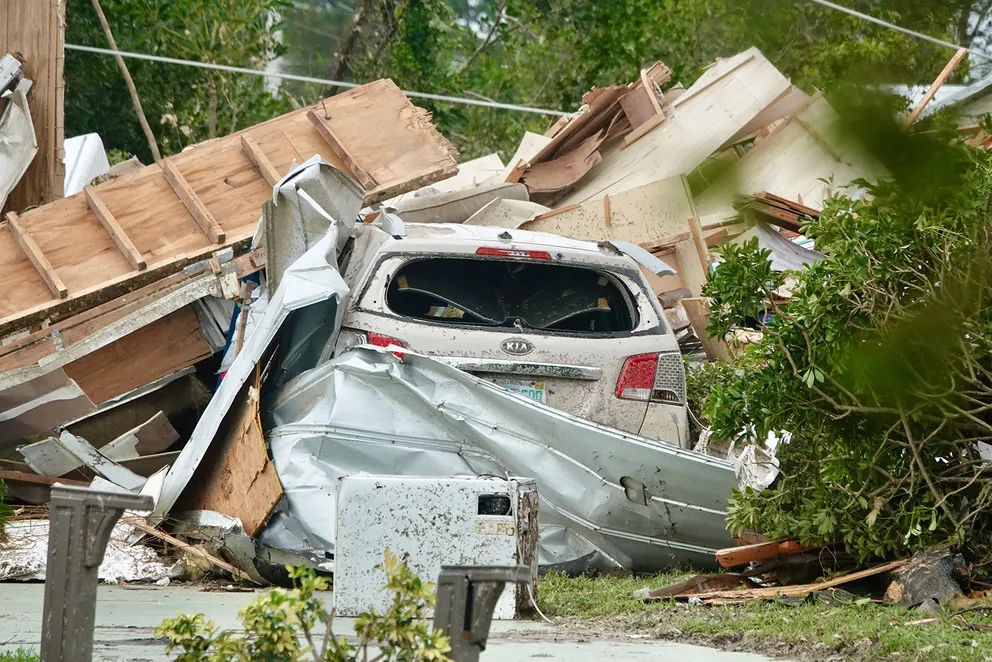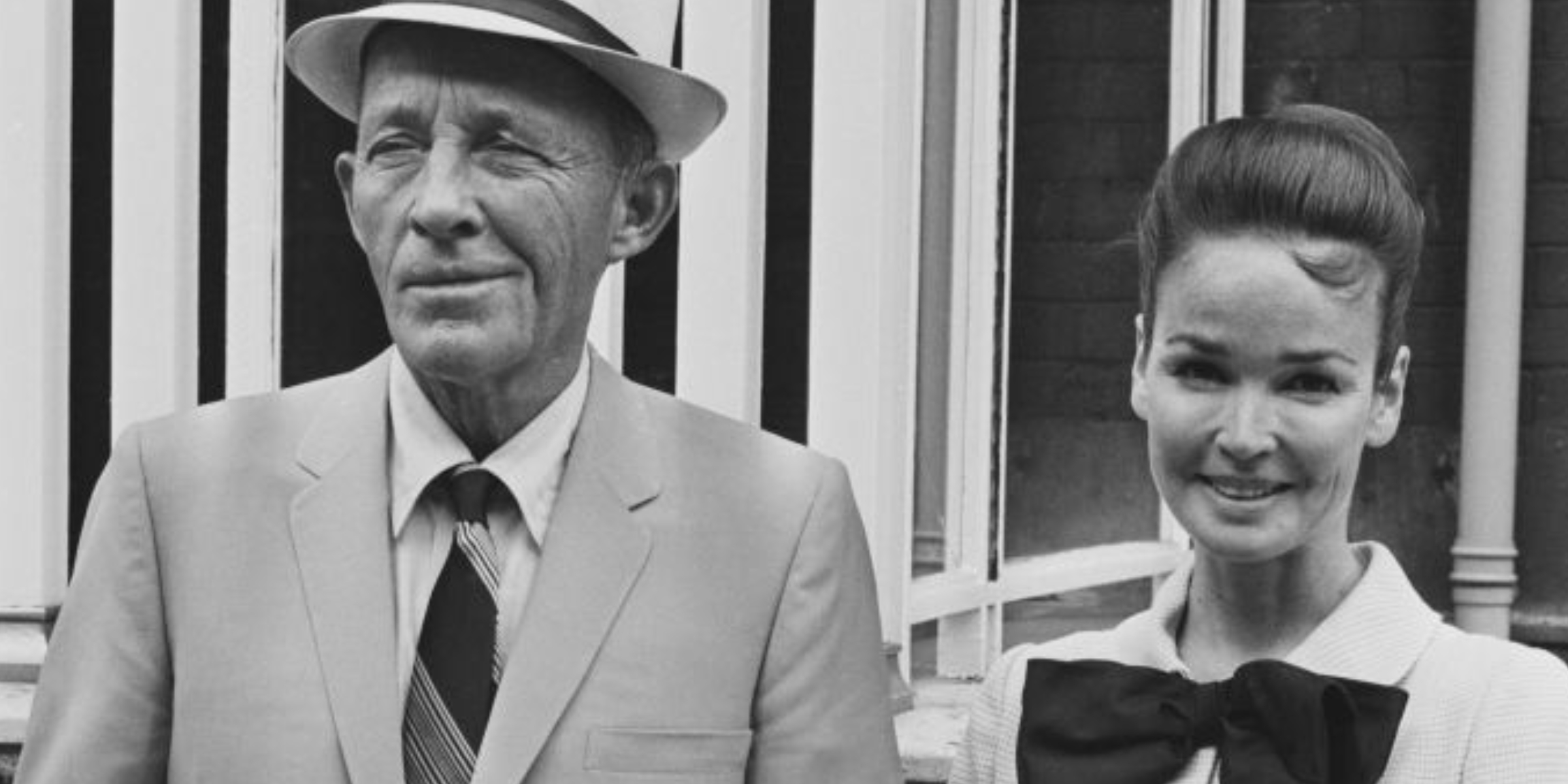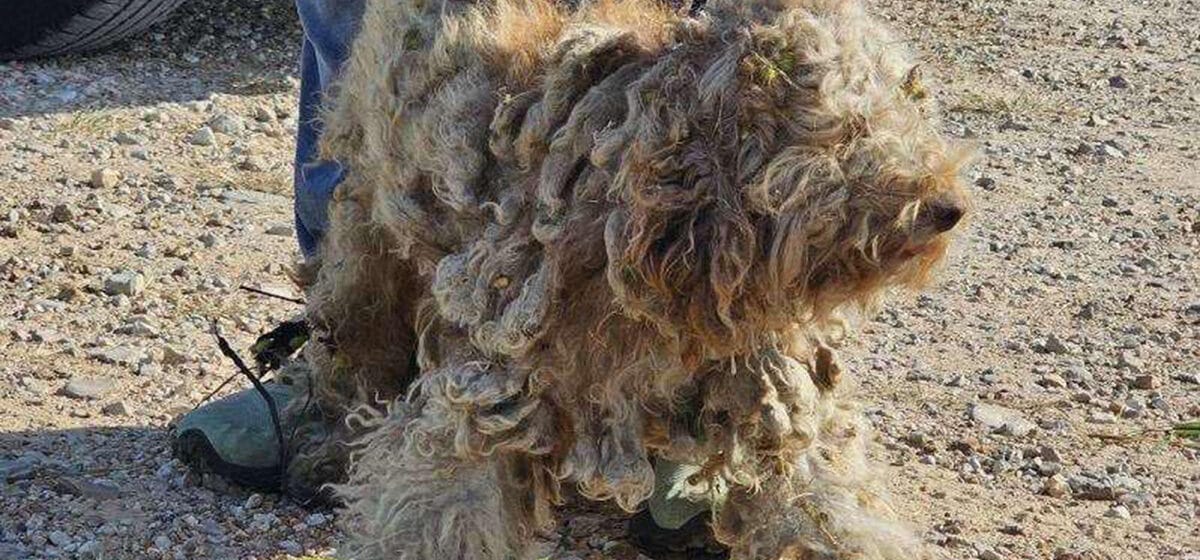When bacteria starts to mutate in space you best believe it is a cause for concern – especially if you’re an astronaut living with it
For the last 75 years mankind has sent thousands of things into space, whether that’s rockets, satellites, fruit flies or whatever else.
With all these things hurtling out of our atmosphere you never really think of the bacteria on them – and there must be a lot of bacteria we’ve exported into space – just last year 2,644 objects launched into space.
While most bacteria is harmless, it can sometimes be dangerous – one type that can cause illness is Enterobacter bugandensis – something which was discovered on the International Space Station (ISS) back in 2018.
At the time there were only five strains reported of the bacteria, which according to previous studies has been associated with ‘severe clinicla infection’ but following further investigations an additional eight strains of the multi drug-resistant bacteria was discovered.
Of course, the microbes and bacteria that occupy the same space as astronauts on the ISS are vital to their wellbeing and health, so when there’s a dangerous bacterial onboard that then begins to mutate there are worries.
Despite the ISS being described as a ‘highly controlled environment, characterised by microgravity, increased CO2 levels, and elevated solar radiation’, these microorganisms still managed to penetrate.
.jpg)
Bacteria has mutated on the International Space Station. (Yuichiro Chino/Getty Stock Image)
In fact, it’s thought some microorganisms exposed to microgravity ‘can acquire antibiotic resistance and heightened virulence via rapid mutations and horizontal gene transfer’.
Enterobacter bugandensis is said to have found a ‘niche’ in the ISS and become distinct from its earthly counterparts.
As per a study released in March this year, the bacteria is an opportunistic pathogen. This means that it will only cause disease in a person if they’re battling a disease already or have a weakened immune system for other reasons. This isn’t uncommon in astronauts who have been in space for a prolonged period of time.
For the sake of astronauts’ health, it’s important that scientists know how bacteria might mutate when up in space – something which the study hoped to find out about.
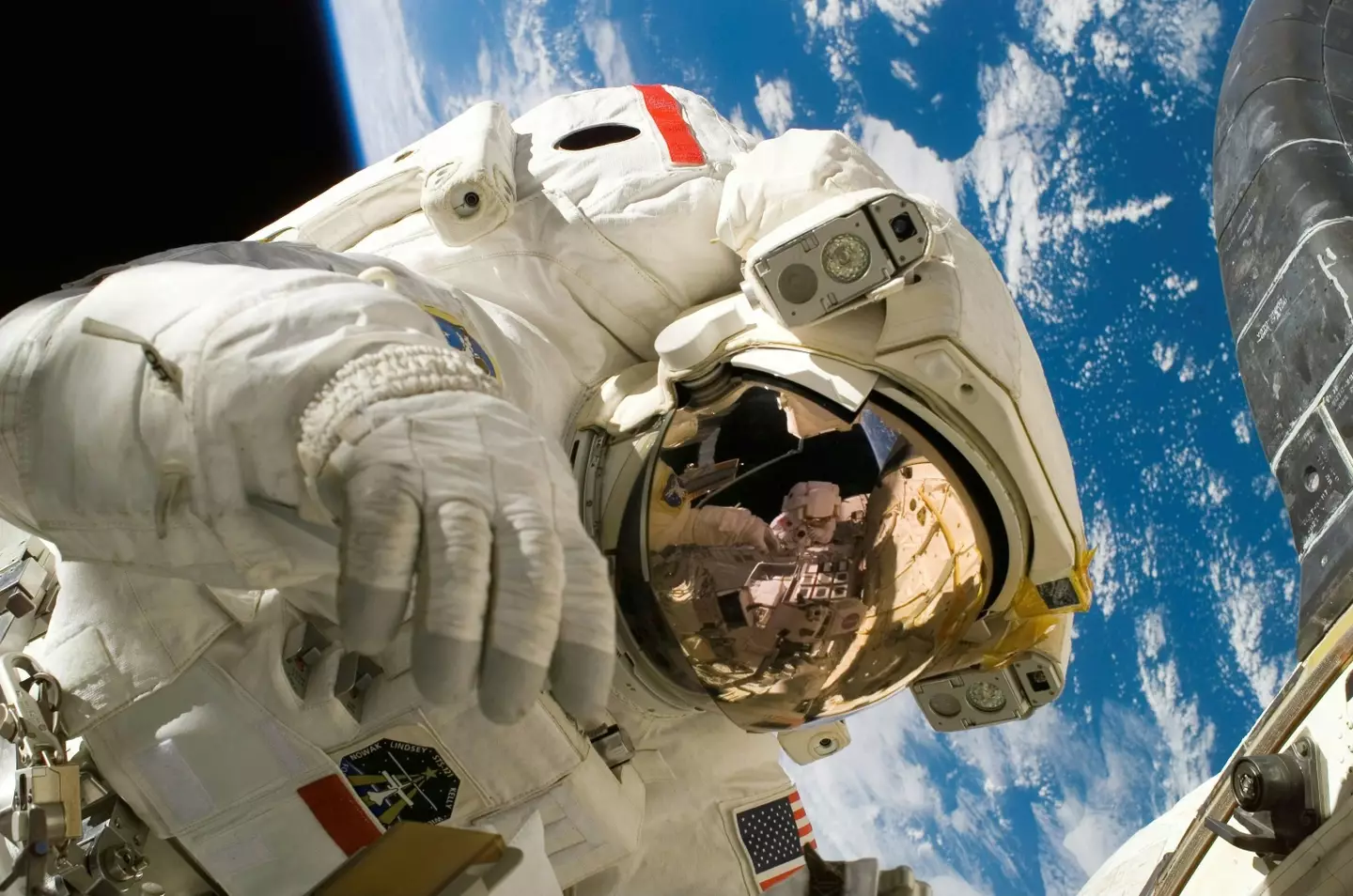
The bacteria could affect astronauts’ health. (Pixabay)
In regards to how the pathogen can affect a person, the study states: “Enterobacter species act as opportunistic human pathogens, causing nosocomial infections with bacteremia, lower respiratory tract, osteomyelitis, sepsis, and urinary tract infection.”
As to what ‘drives’ the bacteria, the study goes on to explain: “A hypothesis central to our study was that the singular nature of the stresses of the space environment, distinct from any on Earth, could be driving these genomic adaptations.”
It’s hoped that the findings will ‘offer a window into the microbial ecosystem dynamics within the ISS’ in a bid to mitigate the risks astronauts might face that are associated with potential pathogenic threats.
Conversation1 Comment
- JCJohn Collins4 minutes agoSo it seems we are the human host that transports these bacteria to a place they can thrive and mutate on a controlled environment and then return these mutated stronger bacteria as hosts back to earth to spread further among the human populace with unknown results until this is further studied. A…See moreReplyShare
TermsPrivacyFeedbackFeatured Image Credit: SCIEPRO/CAVALLINI JAMES/BSIP/Universal Images

Published 15:44 29 Feb 2024 GMT
Mind-blowing animation shows the speed of the International Space Station
Spoiler alert: The International Space Station travels quite fast as it orbits the Earth
An animation has illustrated just how fast the International Space Station (ISS) travels in an astonishing clip.
Given that the ISS is typically found orbiting the Earth, it’s easy to underestimate the speed at which it is travelling.
It might not look like it’s going that fast when it passes by any given location, but that’s only because it’s such a long way away.
But one piece of animation posted to YouTube shows how it looks if it were to pass by at a lower altitude, from the perspective of the ISS itself.
So what does this look like?
Check out the video to find out:
Commenters were just as taken aback, writing their thoughts on the ISS.
One person typed jokingly: “We should all be thankful for the bravery of the astronauts who daringly flew the ISS at such a low altitude just to give us this amazing footage.”
Another was amazed at the speed: “If you can spot it at night, it’s really amazing how quickly it goes from horizon to horizon.”
It also sparked some philosophical thoughts about humanity and the universe.
Someone wrote: “This only makes me appreciate the size of the Earth even more. The fact that mountains are only in frame for a fraction of a second and it would take an hour and a half version of this video to complete one circle is crazy to me. We are so tiny.”
While another added: “Next you’re gonna tell me the Sun actually is a happy baby’s face and our true overlords are the Teletubbies.”

Airplane Mode/ Youtube
If you haven’t seen the ISS before, another person had some tips to share, writing: “For anyone unaware, you can see the ISS every now and then at night near ur location.
“You just need to look up ISS fly bys then type in (near ur location), two days in a row I got lucky seeing a satellite and the ISS 2 minutes apart. There are also lives on yt of astronauts speaking in the ISS they sometimes say hello to you. Honestly it’s so great.
“Forgot to mention it happened a third time with the ISS flying over with a satellite about a month later and we started seeing a bunch of random stars moving, turns out there was a meteor shower at the same time and about 3 more satellites flew by.”
But really, the video would make a fantastic bedtime watch, as a user pointed out: “I’d really watch a 3 hour version where the ISS goes around the earth twice with some chill ambient music.”Featured Image Credit: airplanemode/YouTube
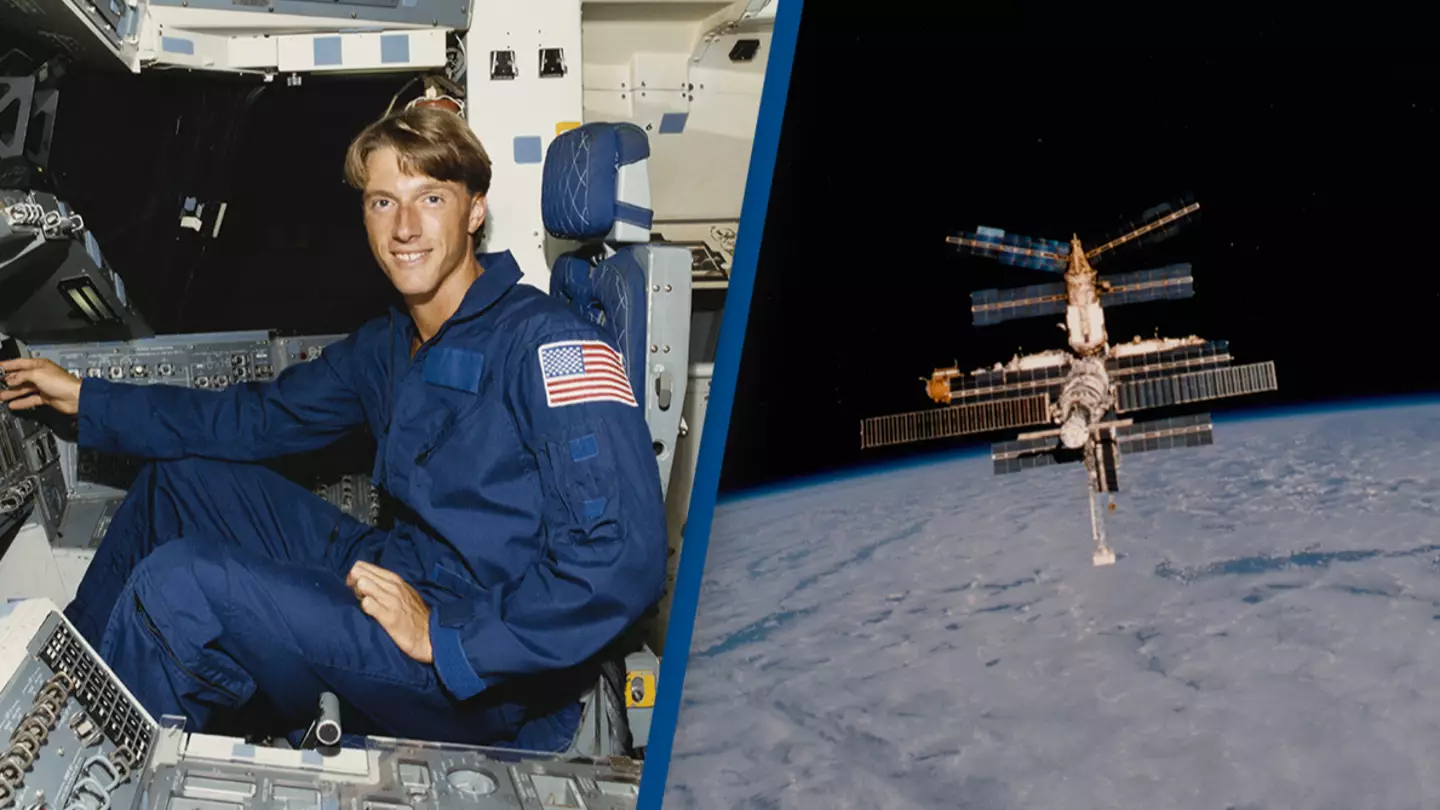
Published 12:59 10 Oct 2024 GMT+1
Astronaut who ‘had minutes to live’ explains how he survived when space vessel span out of control
Michael Foale was onboard Russian space station Mir when disaster, quite literally, struck
A former NASA astronaut has explained how he survived when he was minutes away from death after his space vessel began spinning out of control.
Michael Foale was selected as an astronaut by NASA on his third attempt, shortly after the Challenger accident in 1986.
After completing a number of Space Shuttle missions, he was selected for an extended stay on the Russian Mir space station in 1997.
As we well know by know, space travel doesn’t always go to plan – just ask the astronauts who have been stuck at the International Space Station since June.

Michael Foale (left) had just minutes left to live when the accident occured in 1997 (NASA/Interim Archives/Getty Images)
But Michael was minutes away from losing his life when a supply vessel bringing his team goods to live collided with the Mir station.
Michael was onboard Mir with two Russian cosmonauts, Vasily Tsibliyev and Aleksandr Lazutkin, when that station’s Spektr module was struck by the vessel.
Precious air began leaking out, as Michael told The Mirror: “My first thought was, ‘oh s**t.’ We had about 23 minutes before we passed out.”
Michael’s space training kicked in: If you had less than 30 minutes of oxygen left, abandon ship. So he went and sat in the Mir’s escape pod, a Soyuz space capsule, expecting his crew members to join.
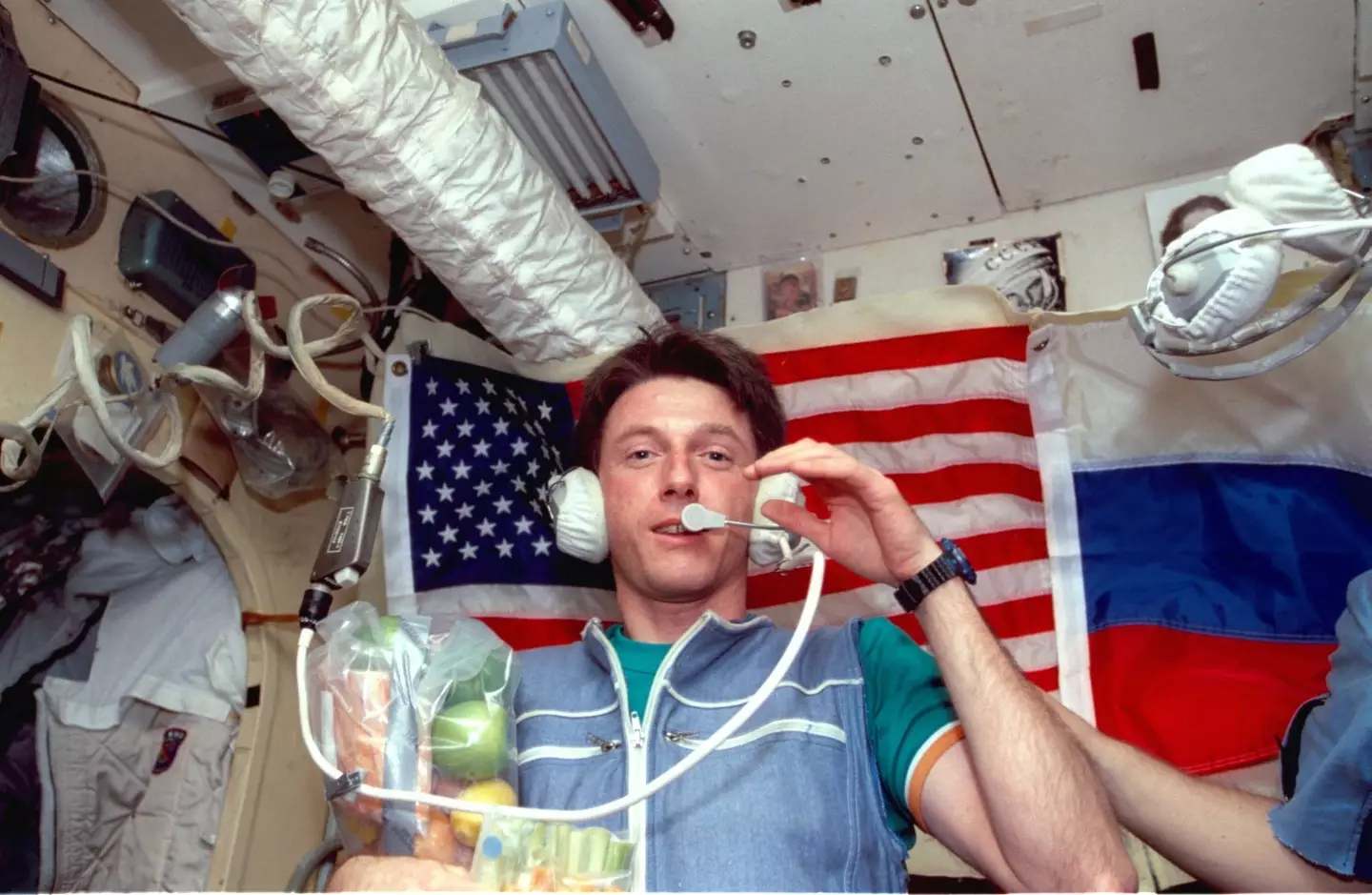
Michael stayed on Mir for a further four months after his near-death experience (NASA/Newsmakers)
But they didn’t. Instead, they were attempting to locate the puncture and seal it up.
Michael explained: “I was thinking, ‘OK, these guys aren’t going, but we should be going.’ Russia wasn’t giving them any chance to leave. They were breaking their own rules. They were accepting the risk they would die.”
Time was ticking. Michael’s new plan was to wait for the Russians to pass out before floating them into the safety pod and getting the hell out of there.
But Lazutkin was busy pulling out power cables in a bid to save the damaged Spektr. Eventually, the team managed to find the leak and covered the hole up. They’d had seven minutes of oxygen left.
That’s when the lights cut out and the station began spinning.
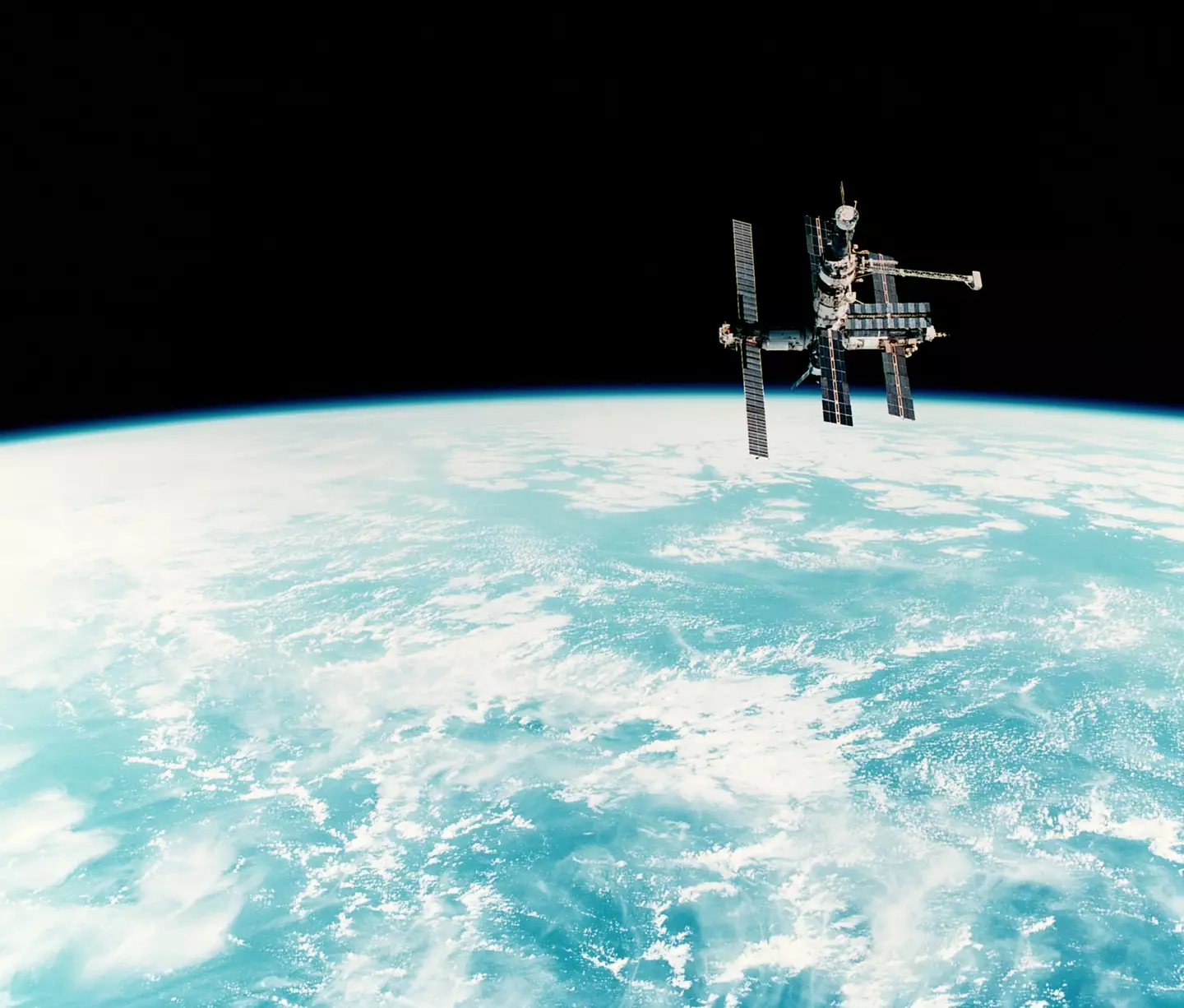
The Mir space station over the Pacific from space (NASA/Space Frontiers/Getty Images)
Michael explained: “At that point, the solar arrays had no power, and the batteries were giving out. There wasn’t a fan running. There was no communication with Moscow or anyone on Earth. The station was totally dead.”
Quick-thinking, Michael suggested blasting the lifeboat’s engine in short bursts. A misfire made the vessel spin even faster.
But fortunately, the technique helped to stabilise the space station, saving it.
Michael was only meant to be staying on the Mir for six weeks. He stayed fourth and a half months instead.
The near-death experience didn’t put him off his work either ,as in 1999, Michael returned to space and earned the record for the longest space walk, at eight-and-a-half hours.

